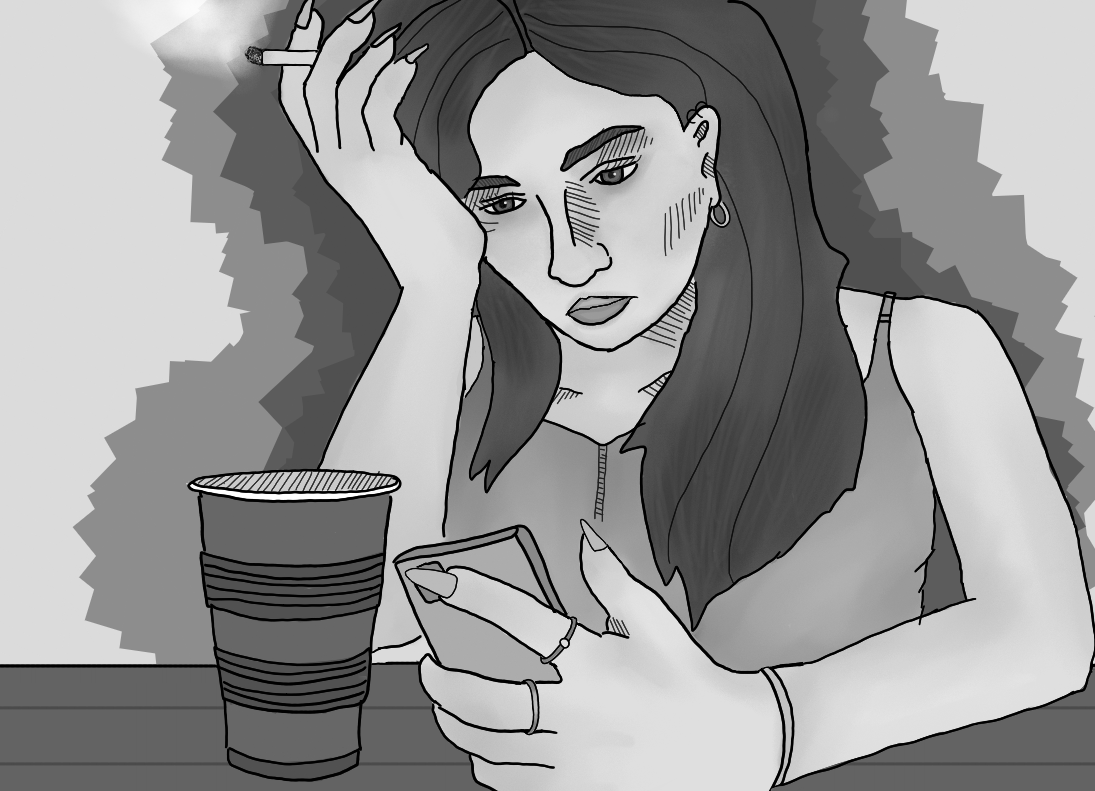Many teenagers have had the experience of walking into their school bathroom, only to be met with the smell of smoke or the sight of their peers vaping. Such encounters have become increasingly common for young students across the country as drug use among high schoolers has skyrocketed. While many only witness the recent increase in drug usage, others have been influenced by their peers or popular media to partake in it.
The National Center for Drug Abuse Statistics reported that 2.08 million, or 8.33%, of 12- to 17-year-olds admitted to using drugs in the month of January 2023. With so many American youth using drugs, a solution is needed.
There are many possible ways to help teenagers and youth in general with drug issues. It is important to remember that preventive measures can always be taken. Parents and guardians need to talk with their children and help them understand the consequences of what can happen when using drugs.
Parents and guardians, however, can only do so much. At some point the responsibility is in the hands of youths themselves. Teenagers need to take accountability for what they are choosing to do. Educating themselves and not giving into peer pressure is a great way to start. If they are struggling with substance abuse or addiction, there are many ways to receive help.
Understanding the root causes behind teenage substance use is crucial in developing effective preventive measures and interventions. While teenagers can often be easily influenced into using substances, there are reasons as to what pushes them to do so. Underlying issues are often contributing factors. As reported by the Children’s Hospital of Orange County, “Substance use is usually a symptom of a greater problem like a mental health issue, trauma, stress or pressure.”
While parents and guardians endeavor to educate and guide teenagers, the contradictory messages conveyed by media platforms can pose significant challenges. Despite preventive measures and educational programs, the allure of a drug-addicted lifestyle perpetuated by social media content can intensify the struggle for teenagers.
The media that the youth are constantly surrounded by has glamorized and romanticized drug use itself and the lifestyle that it accompanies. Social media platforms are full of edits, posts and content that encourage a drug addicted lifestyle, making it look fun and enjoyable.
A study done by the American Academy of Child and Adolescent Psychiatry reported that 90% of teenagers have used social media. When popular influencers and celebrities show off their drug use across different platforms, teenagers who are easily influenced see this habit as something to look up to. Many celebrities guide teenagers into a drug addiction lifestyle, such as Miley Cyrus, who is often seen posting herself using drugs with hashtags like “#drugaddict” and “#alcoholic.”
A study conducted by the National Center on Addiction and Substance Abuse at Columbia University found that teenagers who use social media are more likely to drink, smoke and purchase tobacco than teenagers who do not use social media. The false representation of drug addiction and use is not limited to social media. These portrayals are also present on TV shows, movies and YouTube and in music.
“Euphoria,” a show that gained popularity in recent years, has a romanticized depiction of drug use and addiction. This, along with many other shows that are popular among teenagers, is yet another way for youth to absorb an idealized version of drugs.
The pervasive influence of social media, along with other forms of media emphasizes the importance of proactive education and boundary-setting to counteract idealized portrayals of substance use and addiction among teenagers. To prevent teenagers from falling into addiction in the first place, they need to be educated to the consequences of drug use and taught to set clear boundaries on what they are willing to do when it comes to using substances in order to help make sure they aren’t pressured into something they do not want but create healthy habits that prevent them from needing a drug to make them feel better.


